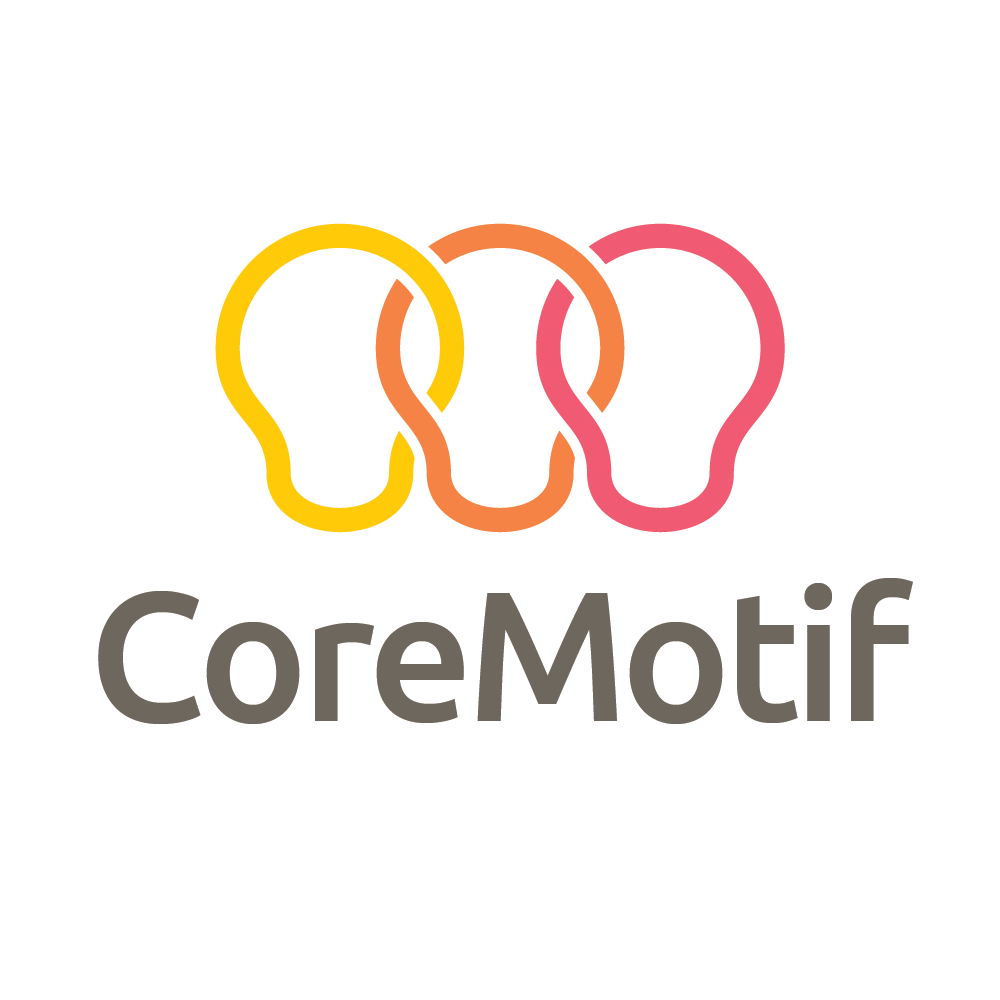The Lean Perspective
Incorporating Lean into Business IT
Businesses turn to lean thinking for a number of reasons, increased efficiency, reduced overhead costs, and accelerated development included. There are countless benefits associated with creating a lean business strategy. Regardless, is lean right for your business? If so, how is lean thinking implemented? To make a decision, considering the costs associated with reform, the amount of time it will take to integrate lean thinking and the effect transitioning will have on your product or service is essential before getting started. Precautions aside, incorporating lean thinking into IT processes doesn’t need to be a matter of pulling teeth; in fact, it can be an incredibly fun learning experience for both business owners and their employees. If your business has been considering implementing lean into your IT strategy, take a look at the information below.
Understanding the Pros and Cons
When in doubt, make a pros and cons list. It may be a little more complicated than the traditional pros and cons list, but it is an essential step to understanding how likely lean IT benefits businesses, productivity, and employee work flow. In your list, consider comparing the up-front costs of incorporating lean thinking against the potential losses that could potentially occur if existing workflow processes were affected during the transition. Regardless, conducting research on both sides of the concept is essential for developing a well-rounded understanding of lean’s potential in your business plan.
Identifying the Challenges
The challenges of incorporating lean IT into a business will vary according to the business’s industry, size, and goals. During the planning phase of incorporating lean, identifying the specific challenges your business will face is a must for a successful transition into company-wide lean thinking. The most common challenges businesses face when deciding how to incorporate lean IT into their business plan include finding a new approach to data organization, automating (or standardizing) information processing, and determining how the new tech workflows will affect the existing production system. Of course, hiring a professional to help identify the root of software issues and strategize methods to satisfy them is highly recommended for this part of the process.
Determine a New Definition of Quality IT
Often, businesses incorporating lean IT are doing so to solve existing data and system issues, or to facilitate upcoming growth. Redefining the definition of quality IT is a must for setting and achieving the lean goals. Often, the key priorities for increasing IT quality include decreasing the amount of time it takes to access information, determining if there is any impact (either positive or negative) on the company’s provided service. Businesses should also seriously consider conducting team exercises to acclimatize employees to new IT procedures and workflows.
Becoming a lean business can be effective and profitable when well planned. Understanding the pros and cons of lean thinking, identifying potential challenges, and determining a new definition of what quality IT processes look like is essential for lean success. Keep in mind that incorporating lean thinking into a business’s IT practices will be a team effort, and that the best results come from using professional lean training regimens to redevelop IT processes.
